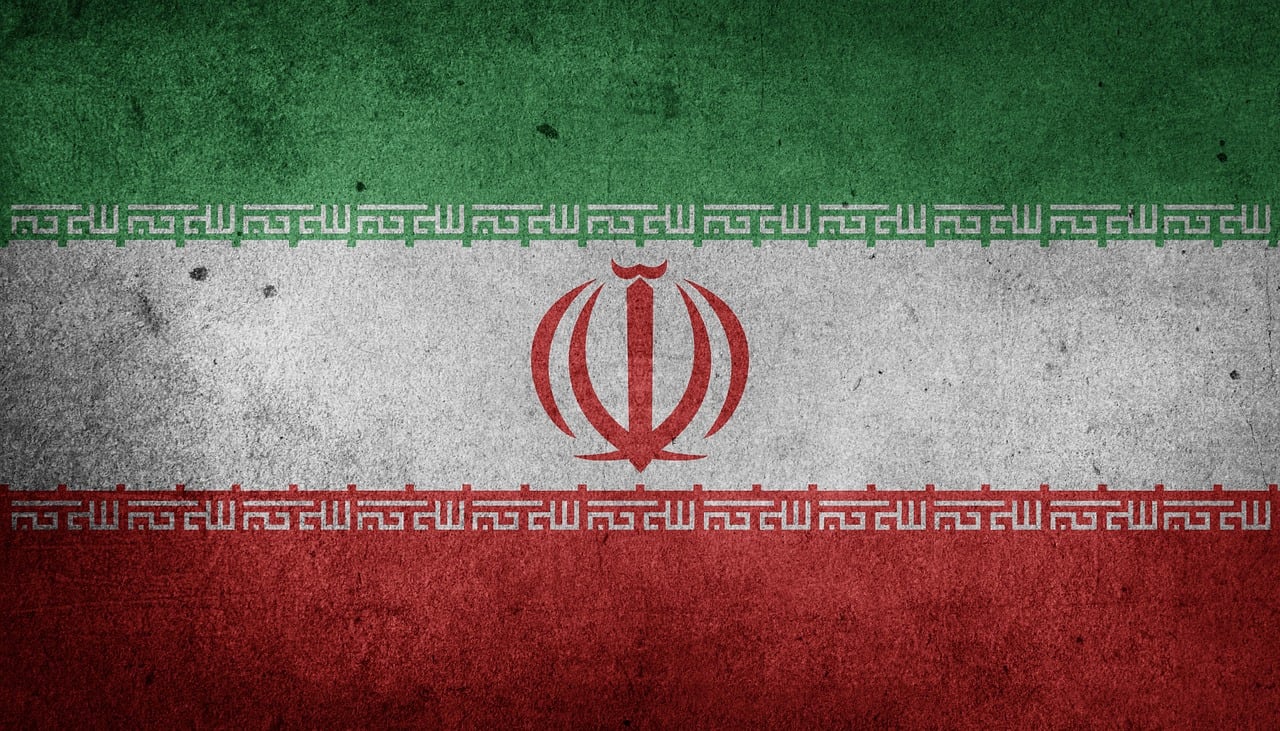
The Eurasian Economic Union (EAEU) and BRICS are playing an increasingly important role in expanding Iran’s trade volume, according to Esmail Baghaei, spokesperson for Iran’s Ministry of Foreign Affairs, as reported by Trend.
Speaking at a press conference in Tehran, Baghaei highlighted recent engagements between Iranian officials and BRICS member states during a meeting held in Brazil, emphasizing that these discussions could significantly enhance Iran’s trade ties with the bloc.
He also underscored the strategic importance of the EAEU, noting that final steps are underway for the implementation of a free trade agreement. Once enacted, more than 80% of Iranian exports to EAEU countries will be exempt from tariffs, paving the way for simplified trade procedures and a marked increase in commercial exchanges.
The EAEU-Iran Free Trade Agreement, signed on December 25, 2023, in Saint Petersburg, is expected to raise trade turnover to $18–20 billion within five to seven years. President Masoud Pezeshkian formally announced the implementation of the agreement on March 15, 2025.
BRICS, which now includes Iran, Egypt, Ethiopia, the UAE, and Saudi Arabia alongside founding members Brazil, Russia, India, China, and South Africa, continues to evolve into a powerful multilateral platform for emerging economies.
Iran’s accession to BRICS in January 2024 was a pivotal step in its strategy to reduce reliance on Western markets and circumvent sanctions. By aligning with a group that collectively represents over 40% of the global population and about a quarter of global GDP, Iran is positioning itself to benefit from increased investment, financial cooperation, and trade diversification. One of the key initiatives within BRICS has been the promotion of trade in local currencies, a policy that dovetails with Tehran’s goal of minimizing dollar dependency.
Additionally, Iran’s deepening engagement with the EAEU complements its BRICS strategy. The EAEU, comprising Russia, Kazakhstan, Belarus, Armenia, and Kyrgyzstan, offers Tehran preferential access to a market of over 180 million people. The free trade agreement encompasses key sectors such as agriculture, petrochemicals, and manufacturing, where Iranian exports are competitive.
Both frameworks also align with Iran’s broader “Look East” policy, a strategic pivot initiated over the past decade to strengthen economic ties with non-Western countries amid protracted sanctions. The combined impact of BRICS membership and the EAEU agreement could significantly boost Iran’s economic resilience, diversify its trading partners, and reinforce its regional influence.
Iran holds a uniquely strategic geographic position, situated at the crossroads of the energy-rich Middle East, Central Asia, and the Indian subcontinent. Its extensive road and rail infrastructure plays a pivotal role in advancing regional connectivity and supports several major transcontinental trade corridors. Through its membership in BRICS+, Iran gains a vital platform to expand economic engagement with emerging economies and circumvent Western-imposed sanctions.
BRICS+ provides Iran with access to alternative financial mechanisms such as the New Development Bank (NDB), the Contingent Reserve Arrangement (CRA), and the BRICS Pay system. These institutions can facilitate funding for large-scale infrastructure projects and enhance financial resilience. Moreover, the bloc’s emphasis on de-dollarisation and increased use of local currencies in trade offers Iran a viable path to reduce its dependence on the U.S. dollar—an essential step toward insulating its economy from external economic pressures.
By integrating more closely with BRICS+, Iran not only strengthens its role as a key transit and logistics hub in Eurasia but also becomes a more attractive partner for investment and trade. Member states seeking to diversify supply chains and reduce reliance on Western financial systems view Iran as a critical link in broader efforts to reshape the global economic order.

